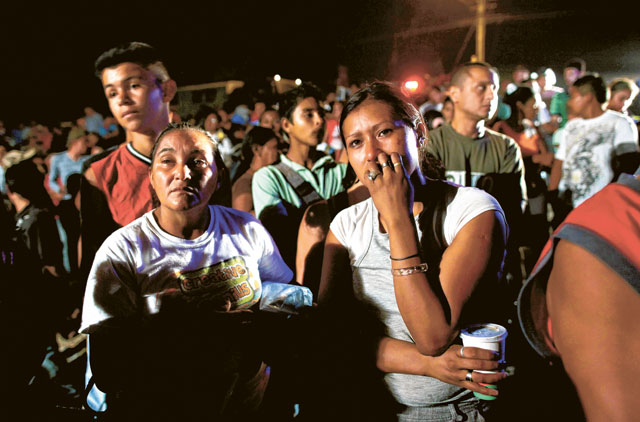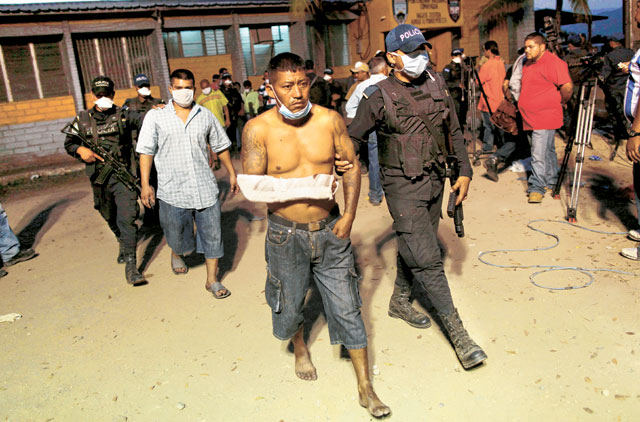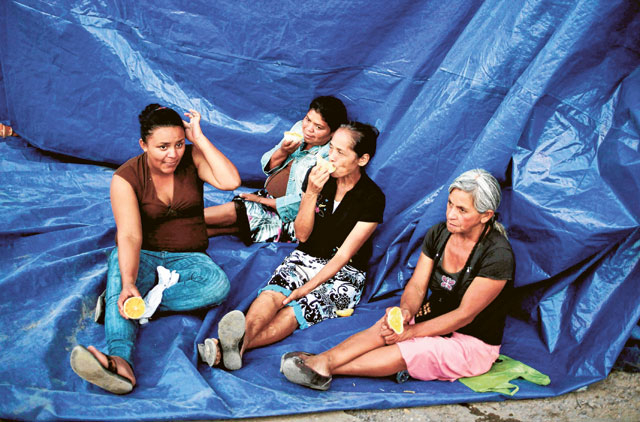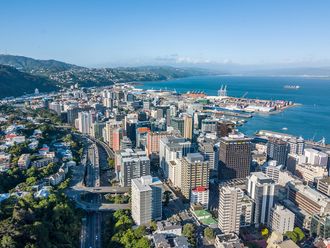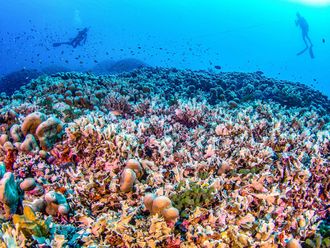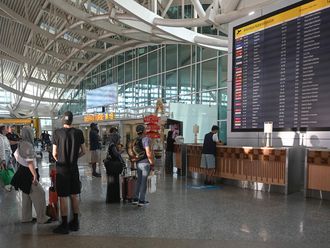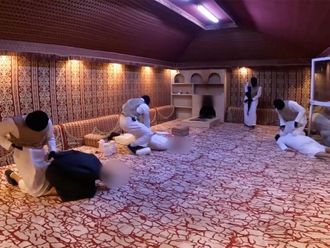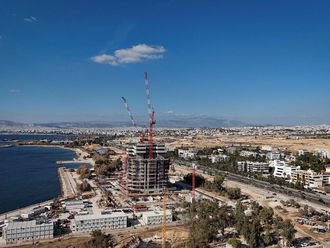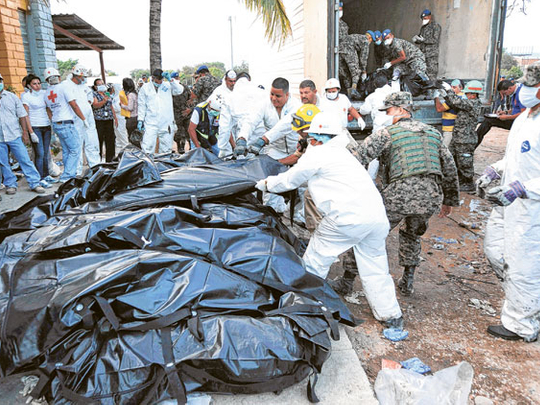
Comayagua, Honduras: The prisoners whose scorched bodies were carried out piece by piece yesterday morning from a charred Honduran prison had been locked inside an overcrowded penitentiary where most inmates had never been charged, let alone convicted, according to an internal Honduran government report obtained by the Associated Press.
More than half of the 856 inmates of the Comayagua farm prison were either awaiting trial or being held as suspected gang members, according to a report sent by the Honduran government this month to the United Nations.
Casualties
A fire started by an inmate tore through the prison on Tuesday night, burning and suffocating screaming men in their locked cells as rescuers desperately searched for keys. Officials confirmed 358 dead, making it the world's deadliest prison fire in a century.
Survivors told horrific tales of climbing walls to break the sheet metal roofing and escape, only to see prisoners in other cell blocks being burnt alive. Inmates were found stuck to the roofing, their bodies fused to the metal.
From the time firefighters received a call at 10.59pm, the rescue was marred by human error and conditions that made the prison ripe for catastrophe.
According to the report, obtained exclusively by the AP, on any given day there were about 800 inmates in a facility built for 500. There were only 51 guards by day and just 12 at night — the case at the time of the fire.
The prison has no medical or mental health care and the budget allows less than $1 (Dh3.67) per day per prisoner for food.
Authorities pass the buck
National prison system director Danilo Orellana declined to comment on the crowded conditions in Comayagua, a prison farm where inmates grew corn and beans. He referred an AP reporter to the commander of the prison police, who said comment would have to come from his public affairs office, which did not respond to an AP request late Wednesday.
President Porfirio Lobo on Wednesday suspended Orellana and other top prison officials.
Inside the prison, charred walls and debris showed the path of the fire, which burned through six barracks that had been crammed with 70 to 105 inmates each in four-level bunk beds.
Bodies were found piled up in the bathrooms, where inmates apparently fled to the showers, hoping the water would save them from blistering flames. Prisoners perished clutching each other in bathtubs and curled up in laundry sinks.
"It was something horrible," survivor Eladio Chica, 40, said as he was led away by police on Wednesday night, handcuffed, to testify before a local court about what he saw. "I only saw flames, and when we got out, men were being burned, up against the bars, they were stuck to them."
The deadly inferno never had to happen.
The frantic inmate who started the fire gave warning, phoning the state governor and screaming he was going to burn the place down. After the man, who wasn't identified, lit a mattress on fire a few minutes later, crews said they rushed to the prison, arriving two minutes after a call for help because the firehouse was nearby.
But the handful of guards held them out for a catastrophic 30 minutes, saying they thought the screams inside were a prison break and a riot. When rescuers finally were allowed in, they said they couldn't find keys or guards to unlock the barracks.
No help sought
Fifteen minutes away, the US military's Southern Command operates Joint Task Force Bravo, where major search and rescue teams and fire squads are on standby. They were never dispatched.
Capt. Candace Allen, a spokeswoman for Joint Task Force Bravo, said they can only send what they're asked for, so throughout the night they sent surgical masks, flashlights and Glowsticks. No one asked for firefighters.
Yesterday morning, officials continued their investigation at the prison, where murals of Catholic saints, Jesus Christ and psalms stand out in an otherwise miserable place.
Harsh prison conditions
"Conditions at Comayagua? I'd have to say among the worst in Honduras," Ron W. Nikkel, president of Prison Fellowship International who visited the facility in 2005, said. "It was very congested, there's not enough food, it's dangerous and dirty."
The US State Department has criticised the Honduran government for harsh prison conditions, citing severe overcrowding, malnutrition, and lack of adequate sanitation.


